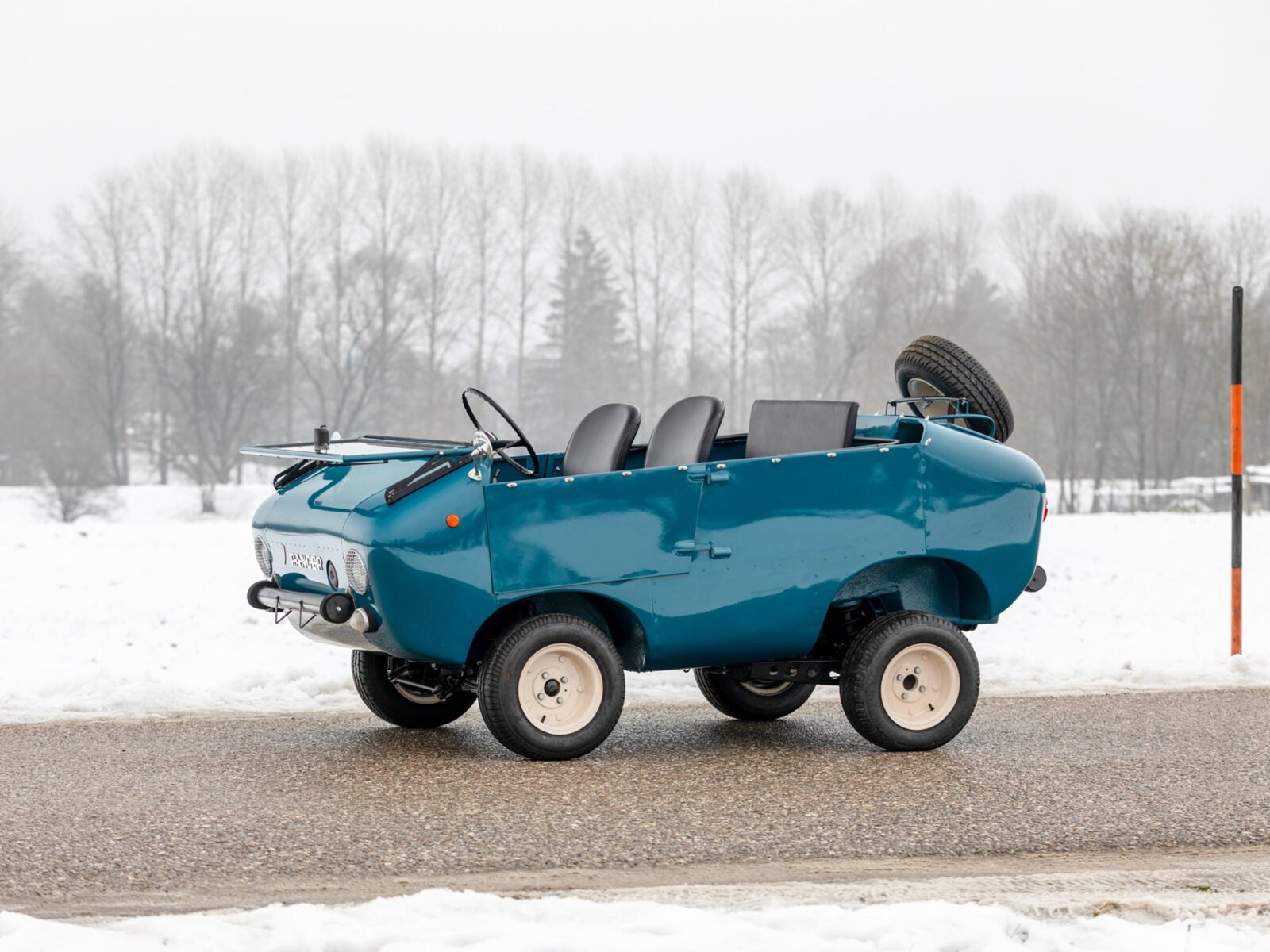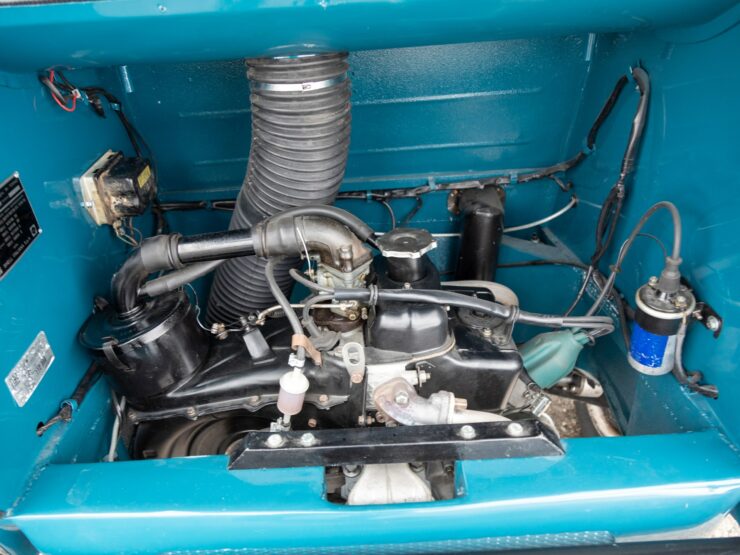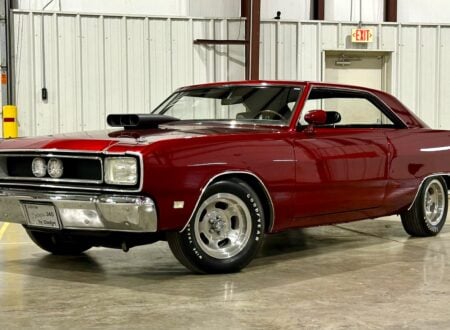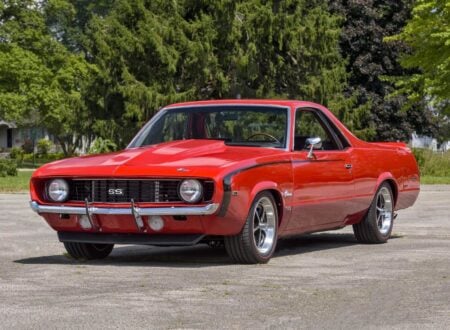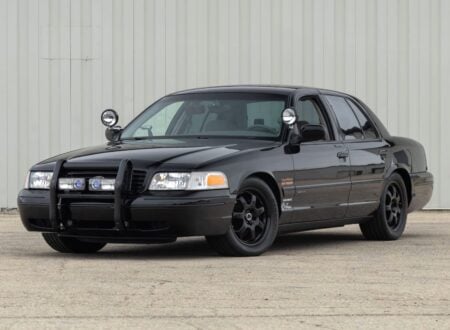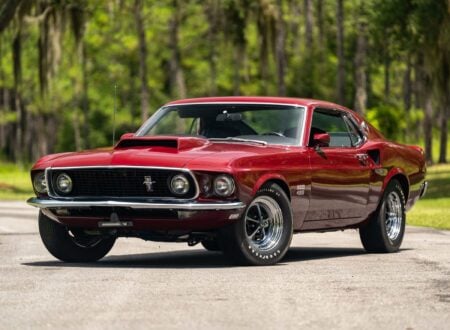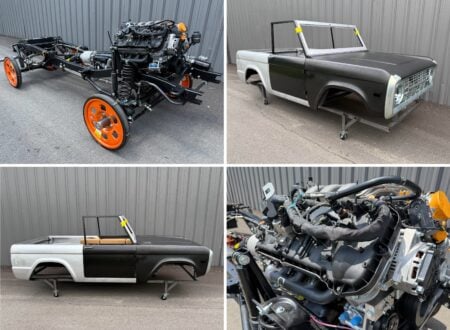The pint-sized Ferves Ranger was developed by Ferrari, but not that Ferrari. It was designed by Carlo Ferrari, no relation to Enzo, who ended up naming his company Ferves – which stands for FERrari VEicoli Speciali – “Ferrari Special Vehicles.”
Thanks to its low weight and capable four-wheel drive system the little Ferves Ranger proved surprisingly adept at crossing rough terrain, often getting into and out of places that larger four-wheel drives might have struggled with.
Fast Facts – Ferves Ranger 4×4
- The Ferves Ranger was the only vehicle made by the Ferves company.
- Ferves was founded by Carlo Ferrari, who is not related to the Ferrari family who are famous for their very fast and very expensive sports and racing cars. So Carlo Ferrari named his new company Ferves, which is an acronym and stands for FERrari VEicoli Speciali which translates from Italian as “Ferrari Special Vehicles.”
- The Ferves Ranger was built on a custom ladder chassis using off the shelf parts from the Fiat 500 and Fiat 600D.
- Of the approximately 600 Ferves Rangers manufactured more than 90% have not survived to the present day, making the little Ranger a rare and collectible automobile.
Building A Mini 4×4
The Ferves Ranger was the brainchild of Carlo Ferrari, who as mentioned above was not related to the famous Enzo Ferrari, the maker of world famous race cars and luxury GTs. Instead Carlo Ferrari’s claim to fame has been for a car that one might think of as a bit of a “proxy-Ferrari” – like a Ferrari you have when you’re not having a Ferrari.
Carlo Ferrari created his company under the name Ferves, which is an acronym and stands for FERrari VEicoli Speciali which translates from Italian as “Ferrari Special Vehicles.”
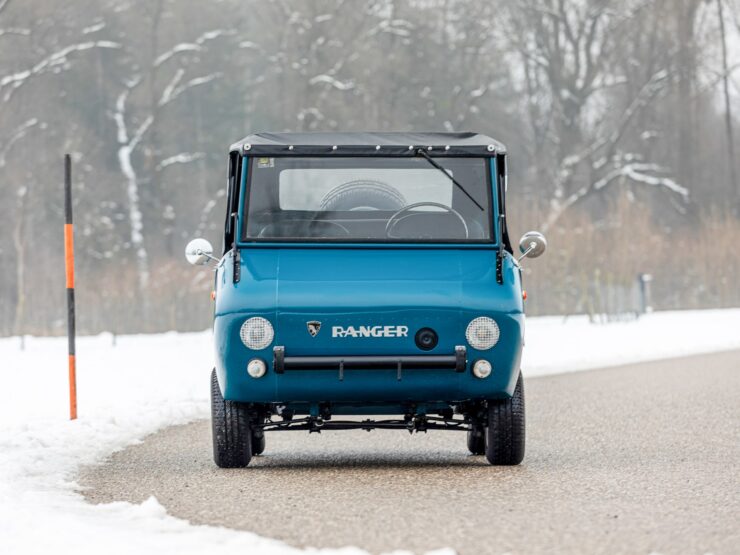

Ferves only ever manufactured one vehicle, the Ranger, which was a small utilitarian vehicle that was capable of both on-road and off-road use.
Building The Ferves Ranger
The first model of the Ferves Ranger was a two-wheel drive that was primarily made using Fiat 500 and Fiat 600 components. The suspension, brakes and steering were all taken from the Fiat 600, while the engine was from the Fiat 500 “Bambina.”
The car was based on a custom ladder frame chassis to which the Fiat 500 and 600D components were attached, and then the bodywork. The front suspension was by a single transverse leaf-spring, double mounted between the front wheels and fitted with gas filled shock absorbers.
The rear suspension was sourced from the Fiat 600D and was more elaborate, with independent semi-trailing arms attached to coil springs over shock absorbers: the drive from the transaxle being by swing axles.
The Ferves Ranger was first made in 1965 and made its debut at the 1966 Turin Motor Show. The car was fitted with the Fiat 500 499 cc two-cylinder air-cooled gasoline engine sending its 18 hp to the back wheels by a standard four speed manual transmission with synchromesh on the 2nd – 4th gears.
The gearing of the transmission was lowered to enable the little Ranger to “climb every mountain and ford every stream” so the driver could get to the places they wanted to go.
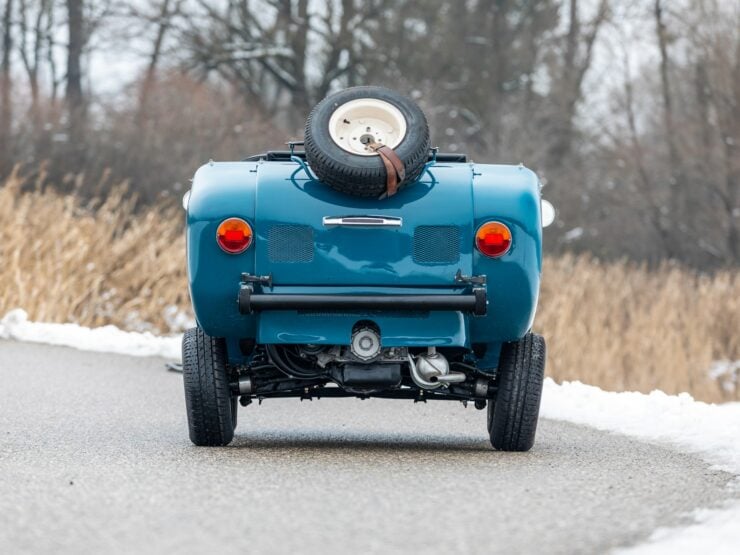

The Ferves Ranger was constructed with a riveted steel and aluminium body and was fitted with “suicide doors”. The vehicle was designed to be able to carry up to four average size adults and was fitted with vinyl covered steel frame seats.
The Ranger was also supplied with a canvas top that could be fitted if desired, either to keep rain or snow off, or to keep the sun from doing bad things to your skin.
The four-wheel-drive version of the Ranger was introduced in 1967 and as the model was refined it was also offered with optional lock differentials, and a five speed gearbox.
The Ferves Ranger rates as one of the smallest and lightest four-wheel-drive vehicles created, along with the Suzuki Jimny and the Haflinger made by Steyr of Austria. With its semi-independent suspension the Ranger is more like the Haflinger, while the contemporary Jimny used live axles front and rear with old fashioned leaf springs.
With its light weight and flexible suspension the Ranger proved itself to be a capable four-wheel-drive: and it was able to carry a 330 kg (728 lb) load. The small size of the Ranger meant that it could conveniently traverse narrow pathways and get into places no full-size four-wheel-drive could think of going.
It was also capable of being licensed for the road and could get up to about 75 km/hr – so not a car for blazing down the autostrada, but fine for driving around Rome or negotiating the narrow roads around Sorrento for example.
The Ferves Ranger Shown Here
Ferves Rangers don’t come up for sale very often – only 600 of them were made during the production run from 1965 – 1970 and the vast majority of them, likely at least 90% of them, did not survive their agricultural service lives. So there are, in all likelihood, only about 50 Rangers left in the world.
The Ranger coming up for sale is a 1970 model fitted with the four-wheel-drive powertrain. It has been given a full bare metal restoration which was completed in 2018.
It’s fitted with a black vinyl soft-top roof featuring clear plastic side and rear windows, and it has mesh protection over its headlights. The spare wheel is mounted on the rear engine cover.
The car is now due to cross the auction block with RM Sotheby’s on the 1st of February with a price guide starting at $43,500 USD. You’ll find the sale page for the Ranger here.
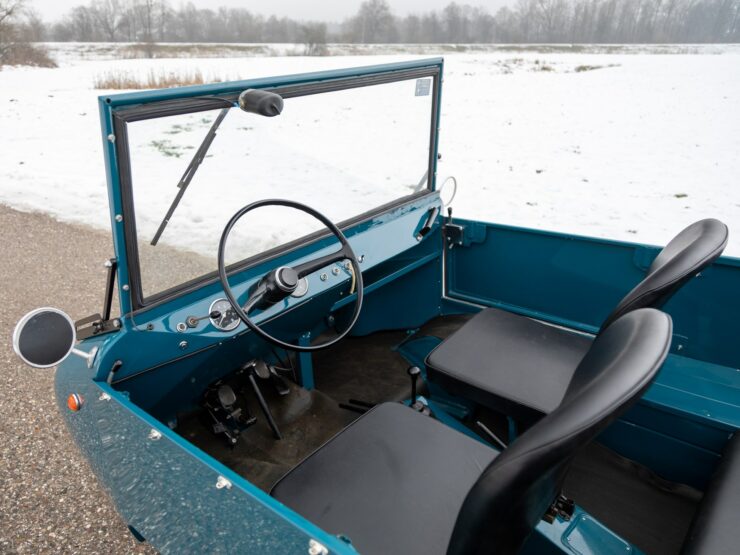

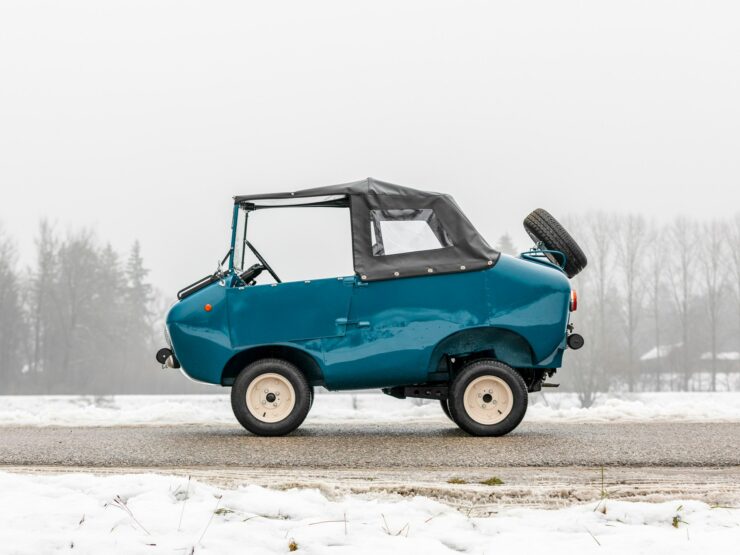
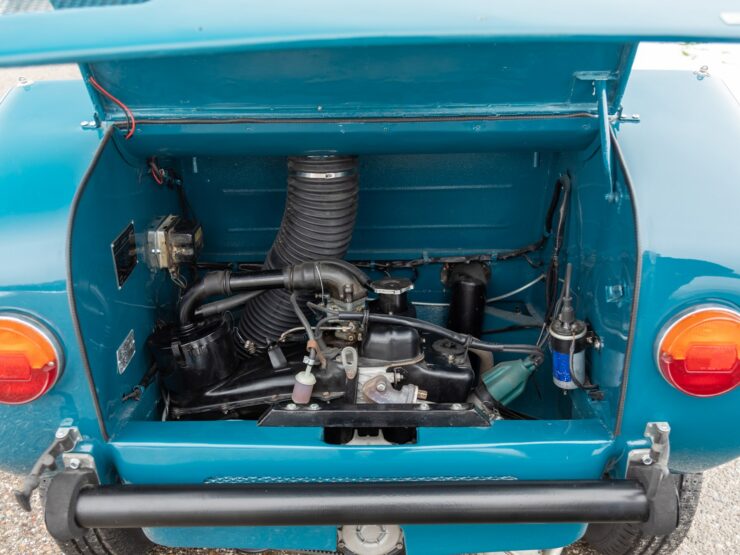
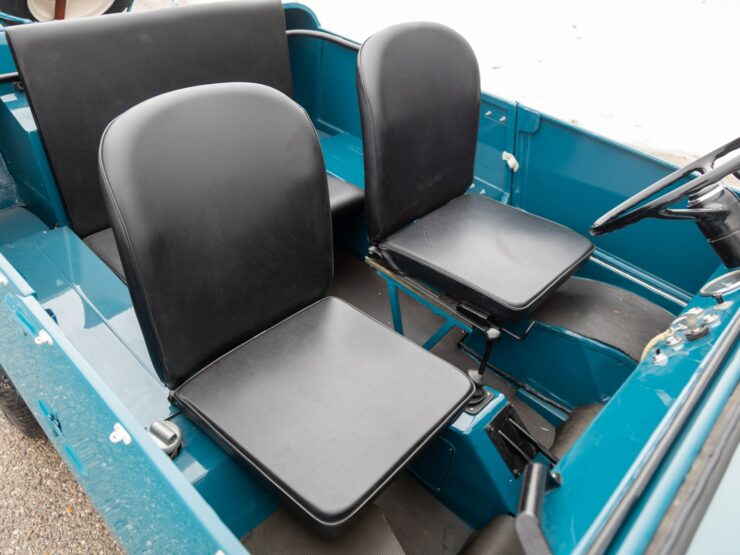
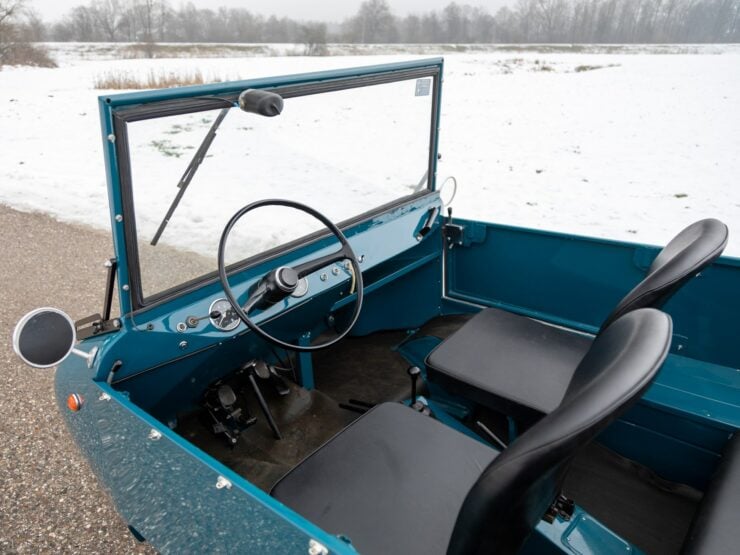
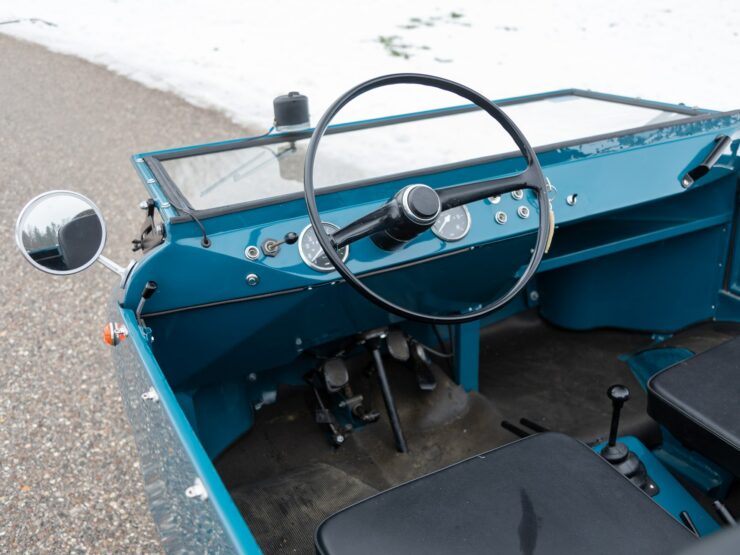
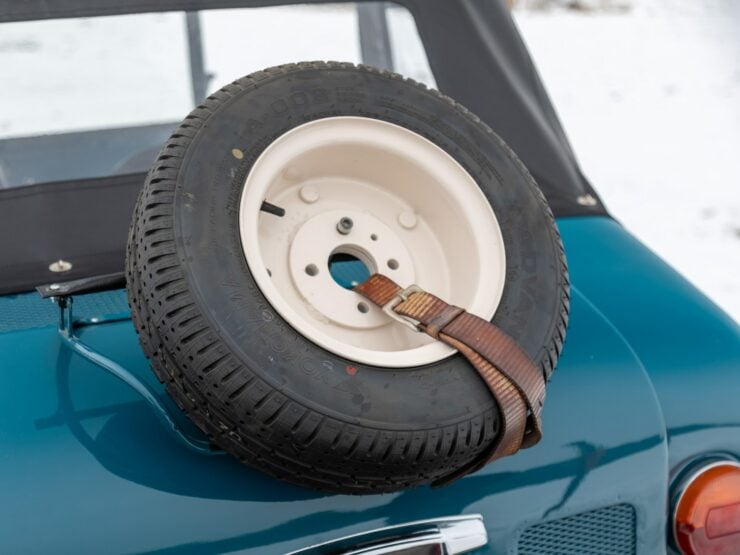
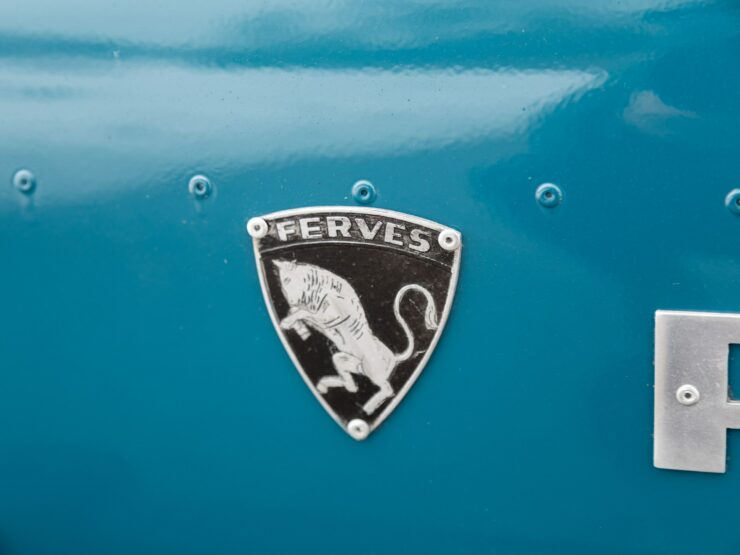
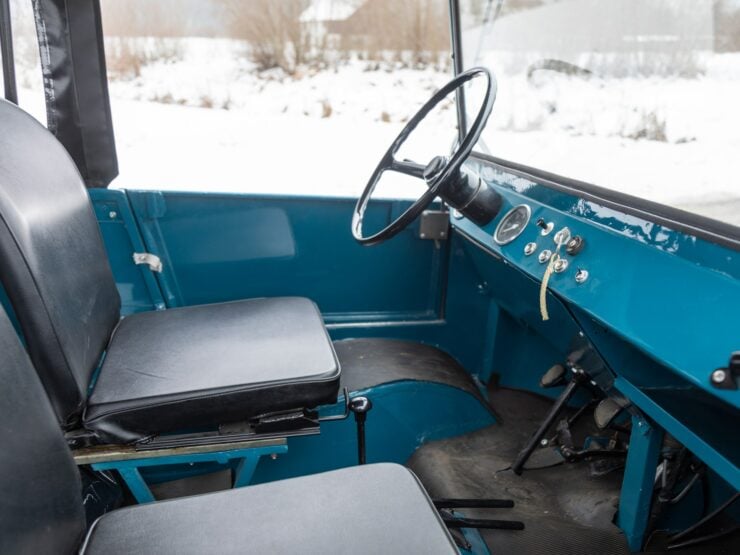
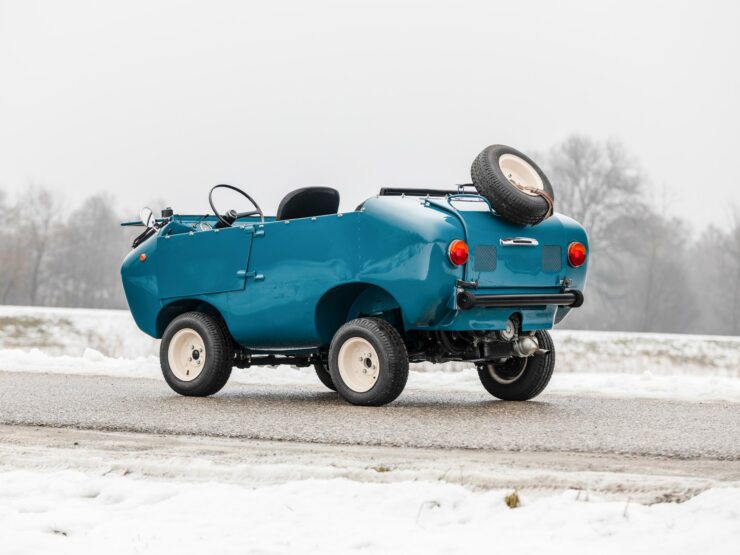
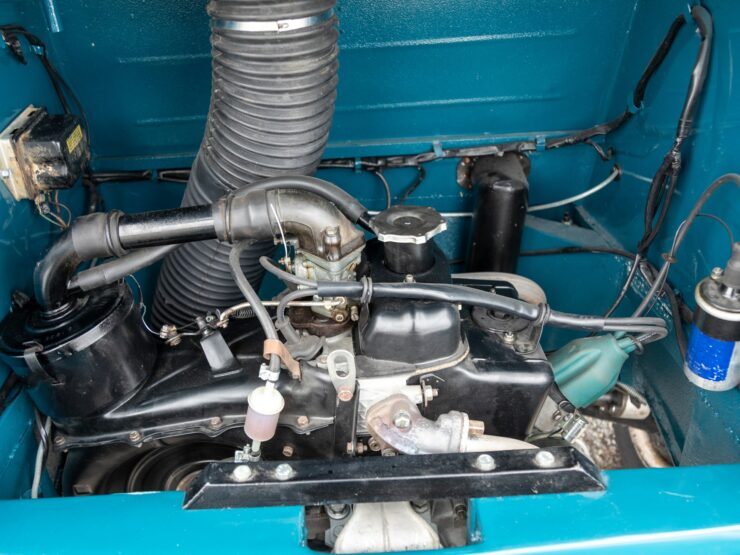
Images courtesy Tobias Kressmann @ RM Sotheby’s

